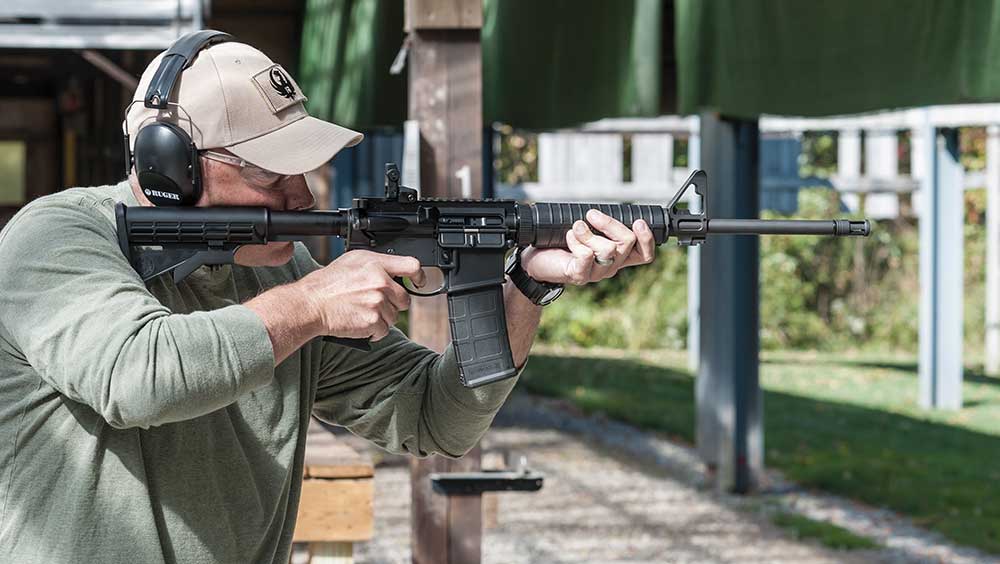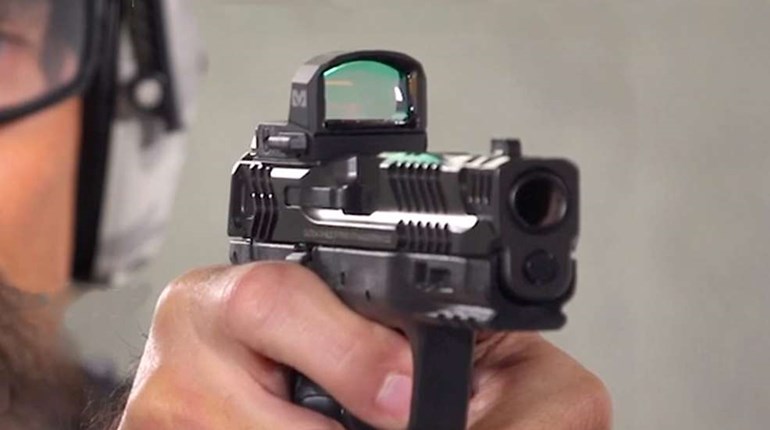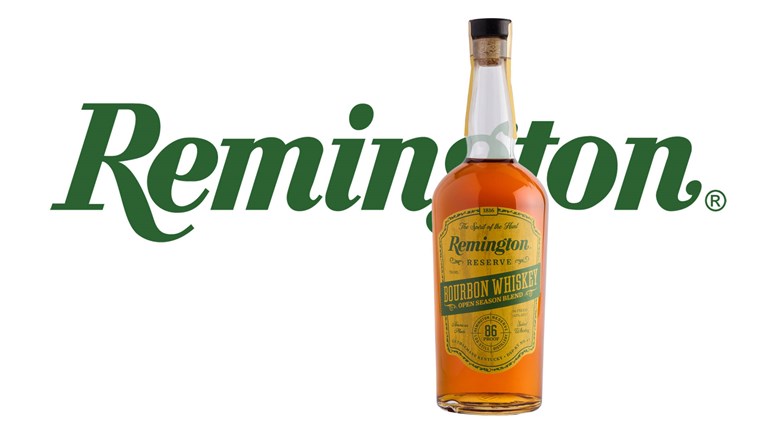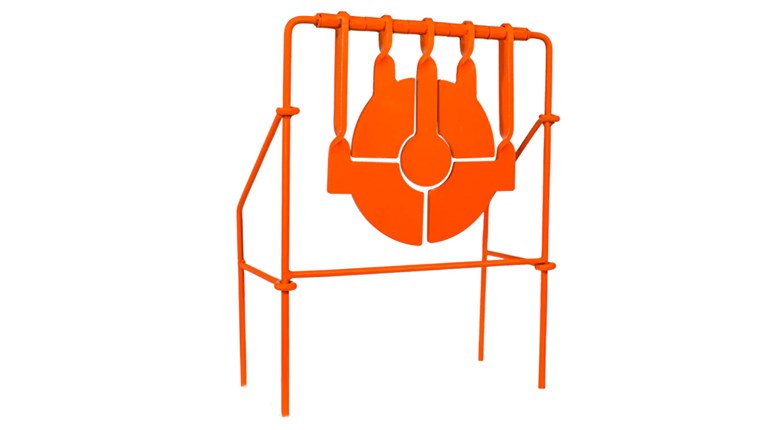
A just-released “Target Shooting in America: An Economic Force for Conservation” report [PDF] from Southwick Associates estimates U.S. target shooters pay $14 million a day in taxes—enough in state and local levies throughout the year to fully underwrite the employment of 46,000 firefighters. “The total $16.9 billion spent on target shooting adds $19.5 billion to our country’s Gross Domestic Product (GDP). These expenditures provide for 329,000 jobs and generate $2.9 billion in federal tax revenues and $2.3 billion in state and local taxes,” it explains. Total daily economic impact is $46 million.
The study found participation in the sport is up 28 percent since 2001, with more than 50 million taking aim at a target at least once a year. Twenty million of those enthusiasts spend an average of 20 days annually at the firing line. “More people participate in target shooting than play tennis, soccer or baseball,” it states. Female participation has increased 81 percent in the same period.
Handgun shooting is the most popular discipline, coming in at 13.8 million enthusiasts. Rifles run a distant second place with 12.2 million, 10 million prefer the shotgun sports and 3.3 million front stuff their muzzleloaders.
The top-five states for number of handgun target shooting participants were Texas (1,374,800), California (1,128,200), Florida (768,600), Pennsylvania (606,800) and Ohio (505,000). Retail sales in each state (respectively) generated by pistol shooters alone in 2016 were roughly $525 million, $507 million, $398 million, $261 million and $259 million.
Aside from the regional economic activity generated by enthusiasts visiting local ranges, the nationwide impact is better seen in the areas where full-time jobs are created and supported by target shooting. Oregon, for example, leads the nation at 7,500 workers, despite its middle-of-the-pack status in total number of participants in the sport. Idaho comes in at 7,300 and Montana rounds out the top three at 7,200.





































